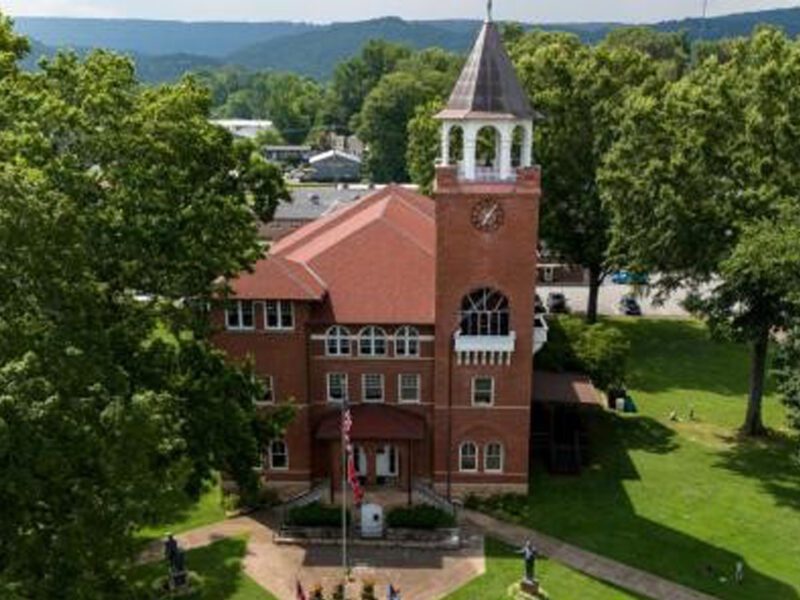What a Bipartisan Infrastructure Agreement Between Biden, Senators Would Mean for Schools
Education Week | By Evie Blad | June 24, 2021
An infrastructure deal announced by President Joe Biden and a bipartisan group of senators Thursday does not include money for school facilities, but does include funding for electric school buses, replacing lead pipes to ensure students have clean drinking water, and expanding broadband access.
Advocates for overhauling the nation’s crumbling K-12 buildings still saw an open door for targeted federal school infrastructure funding.
Alongside the $579 billion agreement, Biden said congressional Democrats would pursue a parallel spending package that would include some of his other priorities, like expanded spending for child-care and education.
That separate package, which Biden did not detail, could be passed through a process called reconciliation, which would require a simple majority to pass, allowing for less Republican buy-in. But it would still require support from moderate Democrats like Sens. Joe Manchin of West Virginia and Kyrsten Sinema of Arizona, who have been resistant to some calls for larger federal spending.
In a news conference Thursday, Biden said he wouldn’t sign the infrastructure bill if it was not accompanied by the parallel reconciliation package.
That leaves an opening for advocates calling for federal spending to upgrade and replace aging school buildings.
Biden’s initial infrastructure proposal had called for $100 billion in direct grants and bonds to overhaul school facilities.
Schools are governed at the state and local level, and that’s also where they receive a bulk of their funding. That has left some Republicans resistant to including them in an infrastructure package alongside traditional priorities, like roads and bridges, especially as K-12 administrators begin to spend billions of dollars in COVID-19 relief aid.
Electric school buses, lead pipes, broadband make the first cut
Biden announced the infrastructure agreement outside the White House alongside senators from both parties. It came after months of negotiations that centered on the priorities outlined in his American Jobs Plan and American Families Plan.
“Let me be clear,” Biden said. “Neither side got everything they wanted in the deal. That’s what it means to compromise.”
The deal calls for $7.5 billion to help replace thousands of school and transit buses with electric models, about half of what Biden had in his initial proposal.
That’s long been a priority for Vice President Kamala Harris, who pitched an electric school bus plan during her own presidential campaign. In April, she toured an electric bus manufacturer as congressional Democrats pushed for $25 billion in federal spending to purchase them.
The bipartisan agreement also calls for $55 billion in water infrastructure, including a plan to eliminate lead service lines and pipes, “delivering clean drinking water to up to ten million American families and more than 400,000 schools and child-care facilities that currently don’t have it, including in Tribal nations and disadvantaged communities.”
If passed, the agreement would also provide $65 billion to expand broadband access across the country. That’s been a priority for education groups that have sought to close the “homework gap” for students who don’t have reliable home internet connections. It became a greater concern during the COVID-19 pandemic, when schools struggled to connect with those children during extended periods of remote learning.
Biden likened the broadband plan to federal previous efforts to provide electricity to all American households.
The agreement— and the potential parallel reconciliation package— must still clear many hurdles.
Members of Congress who supported the negotiations must pitch the proposal to their peers.
And Democrats will have to forge an intraparty compromise about what to include in the reconciliation package before bringing it to a vote.





